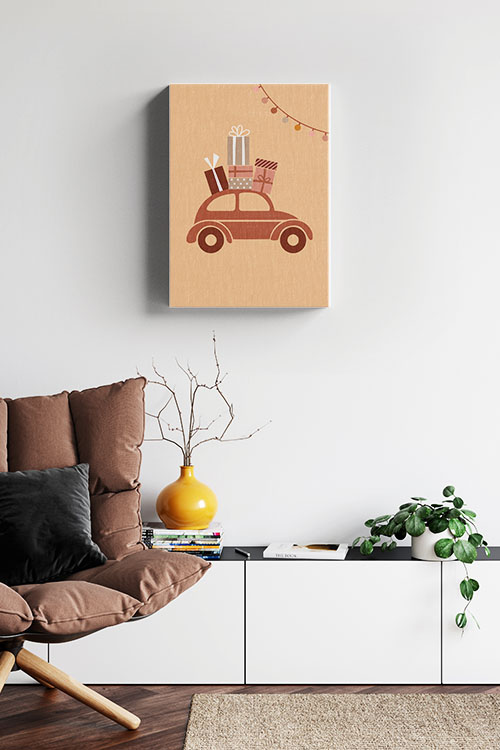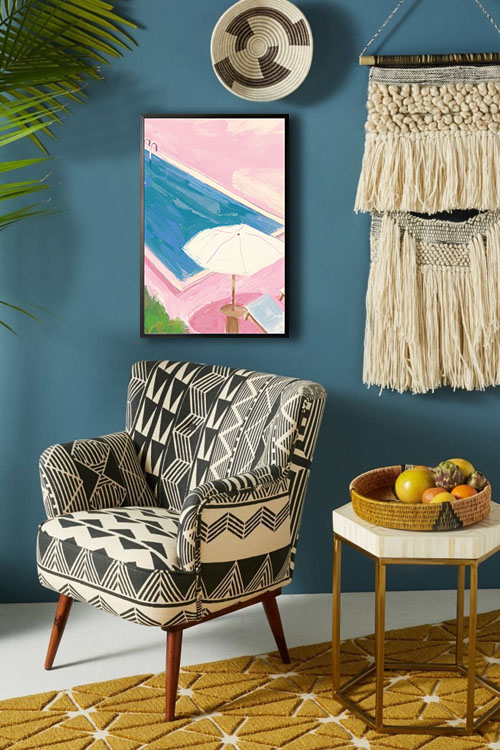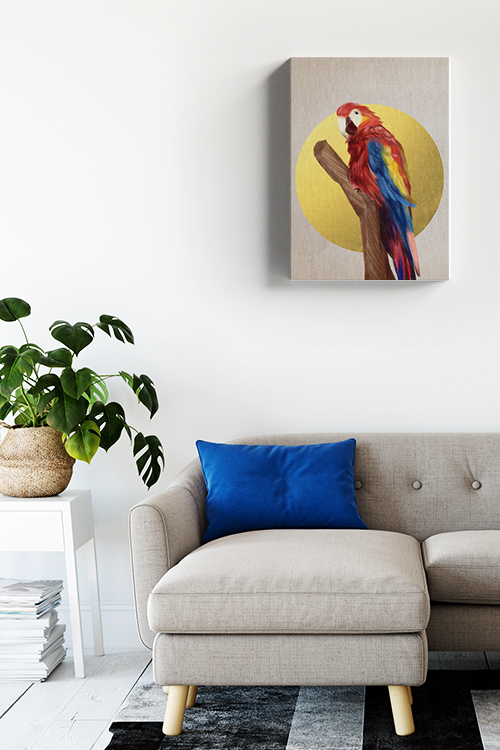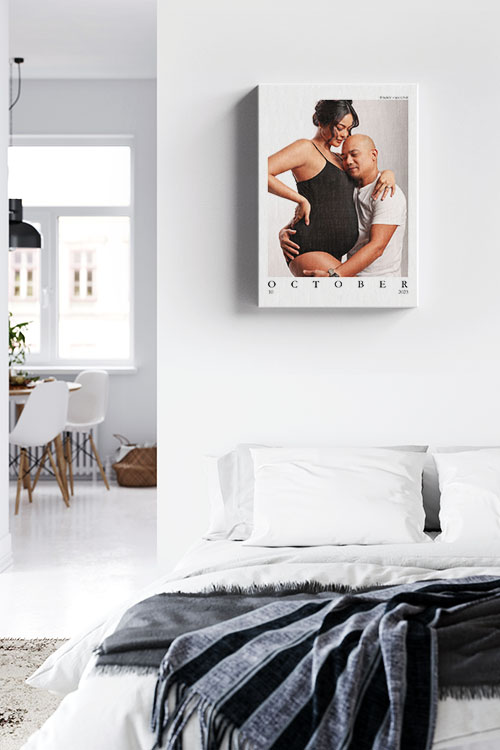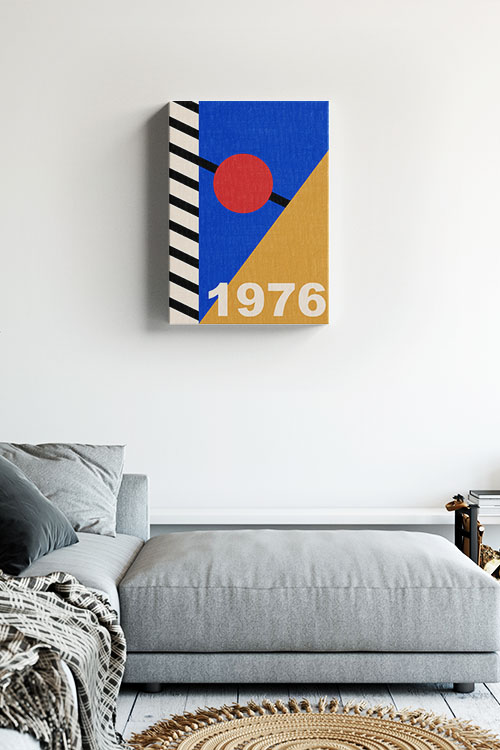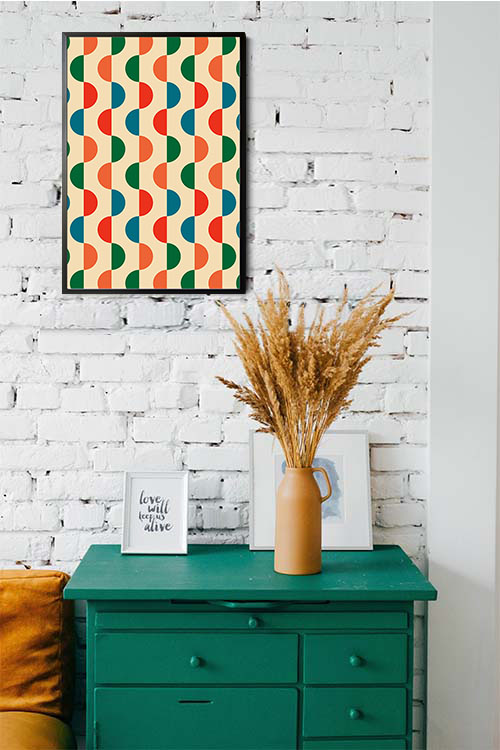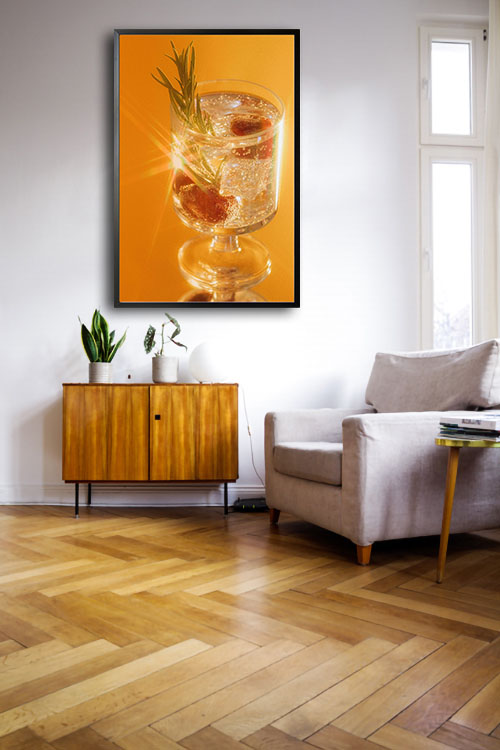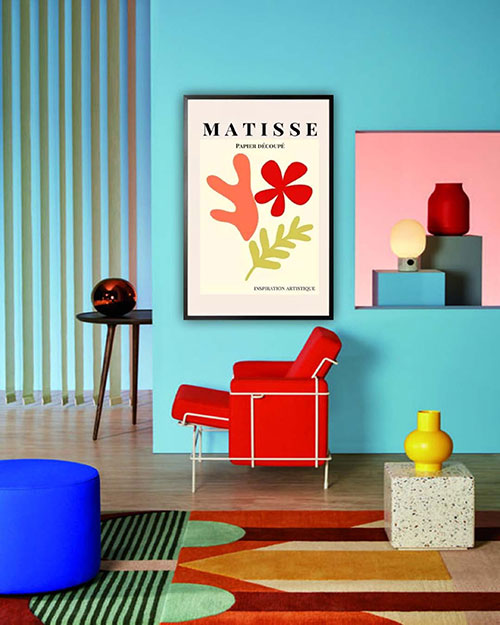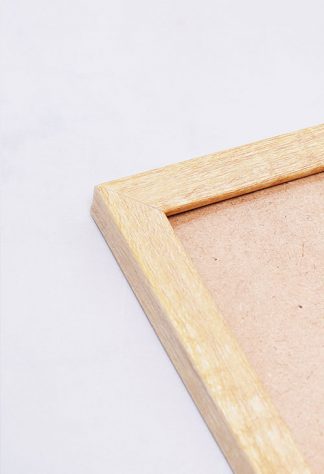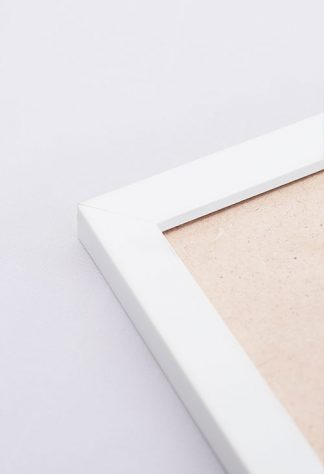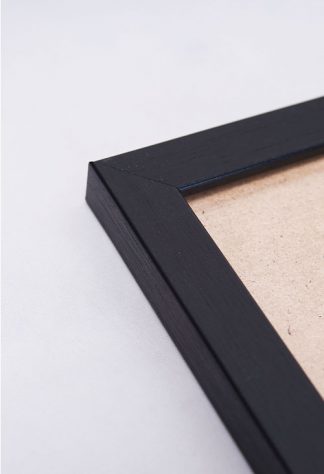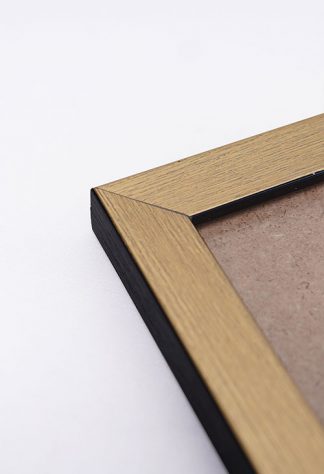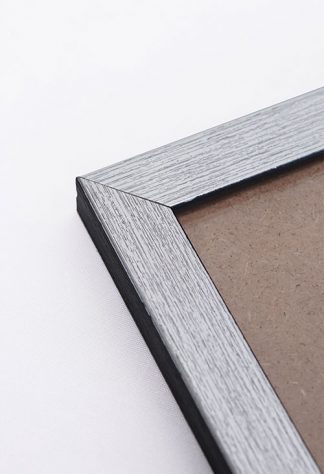A mood board is a powerful tool for gathering and organizing inspiration for any creative project, from home design to fashion, branding, or event planning. It visually represents your ideas, helping you clarify and communicate your vision to others. Whether you’re a beginner or a seasoned designer, here are a few simple steps for creating an impactful mood board.
1. Define Your Purpose
Before diving into creating your mood board, understand its purpose. Ask yourself:
- What project is this mood board for?
- What feelings, themes, or aesthetics am I trying to convey?
- Who is the intended audience for this project?
Clearly defining your goals will guide your choices and keep your board cohesive. For instance, a mood board for a cozy living room will differ vastly from one for a vibrant wedding or a modern website design.
2. Gather Inspiration
Collect images, colors, textures, and patterns that resonate with your vision. Inspiration can come from various sources:
- Magazines: Tear out pages of interesting designs, color schemes, or textures.
- Online Platforms: Websites like Pinterest, Behance, and Instagram are treasure troves of creative ideas. Save or screenshot visuals that align with your theme.
- Real Life: Look around your environment for inspiration in nature, architecture, or personal belongings.
Don’t limit yourself to literal representations; abstract ideas like a fabric’s texture or the landscape’s mood can be just as inspiring.
3. Choose a Format
Decide whether your mood board will be physical, digital, or combined.
- Physical Mood Boards: Use corkboards, foam boards, or large sheets of paper. Attach images, fabric swatches, and objects with pins or glue.
- Digital Mood Boards: Tools like Canva, Photoshop, or Pinterest make creating and editing mood boards easy. These are great for projects that need to be shared or modified frequently.
4. Curate Your Content
Select your favorite elements from the pool of inspiration you’ve gathered. Choose visuals that complement each other and represent your overall vision. Consider these key components:
- Color Palette: Include swatches or samples of the main colors you want to incorporate.
- Textures and Patterns: To give depth to your board, add visual elements like fabric swatches, wallpapers, or abstract patterns.
- Imagery: Use photos, illustrations, or graphics that reflect the mood and theme of your project.
- Typography (if relevant): Experiment with fonts to explore the textual feel of your project.
5. Arrange and Organize
Lay out your elements in a way that feels balanced and visually appealing. Group similar colors, textures, or themes together to create harmony. Don’t hesitate to layer or overlap items to add dimension to physical boards. For digital boards, use grids or templates to maintain structure.
6. Refine and Review
Step back and assess your mood board. Does it capture the feeling or theme you envisioned? Remove anything that feels out of place and refine your selections until satisfied.
7. Use Your Mood Board
Once your mood board is complete, use it as a guide throughout your project. It will help you stay consistent with your vision and serve as a reference when making decisions.
In a Nutshell
Creating a mood board is as much about the process as the final product. It allows you to explore your creativity, organize your thoughts, and bring your ideas to life. Your mood boards will become an invaluable part of your creative workflow with practice.
